For a bloke who has spent 23 years wandering the world making internationally popular TV car shows - Richard Hammond seems remarkably well adapted to the wilds of Worcestershire.
For more than a decade, he has lived near the market town of Ross-on-Wye but is rapidly becoming better known in the area for a classic car restoration business called The Smallest Cog, established in 2021 on an industrial estate outside Hereford, half an hour from his home.
And for the TV programme Richard Hammond’s Workshop that it has spawned - one of several that have become internationally recognised.
The Smallest Cog was born when a local car restoration team – Neil Greenhouse, son Anthony and brother Andrew, who had done an excellent job of looking after Hammond’s classic car collection for half a dozen years – suddenly lost their rented premises in Hereford.
Not wanting to lose his technician-friends, Hammond suggested they set up a business that would take in outside classic car work as well as continuing to do his own work. That led to the launch of the Discovery TV programme, now heading for its fourth series.
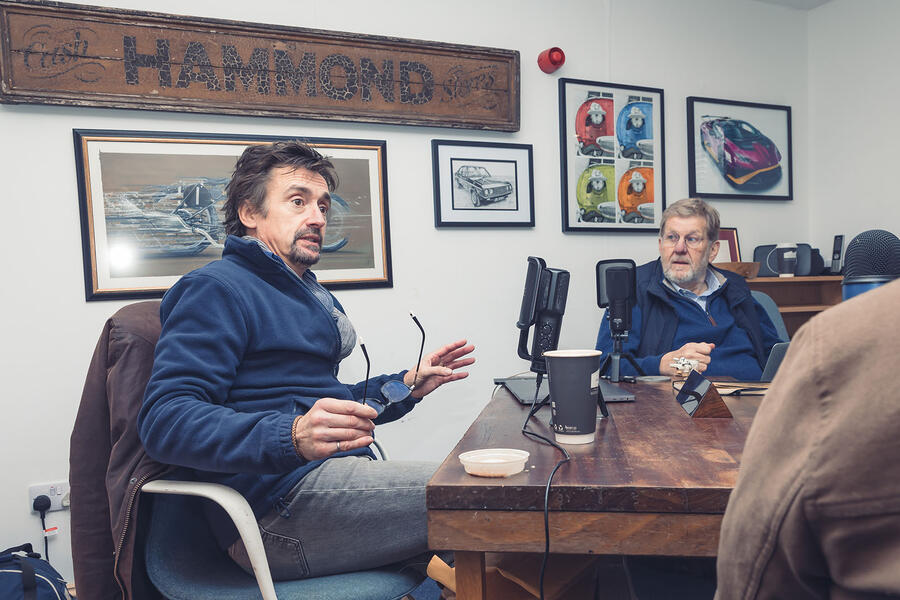
Away from TV, Hammond had always held a desire to have his own car restoration business, which is why he was prepared to sell prime models (a Jaguar E-Type and a pristine Bentley among them) to fund The Smallest Cog’s modern premises that now include latest-spec car lifts, fettling bays and a state-of-the-art paint booth.
There’s even a new mezzanine floor with space for spares, a production office for the TV people and Hammond’s own modest office – into which seven of us crowded one December morning.
Matt Prior and I had come to record, with Hammond’s help, the Christmas edition of our podcast, My Week In Cars.

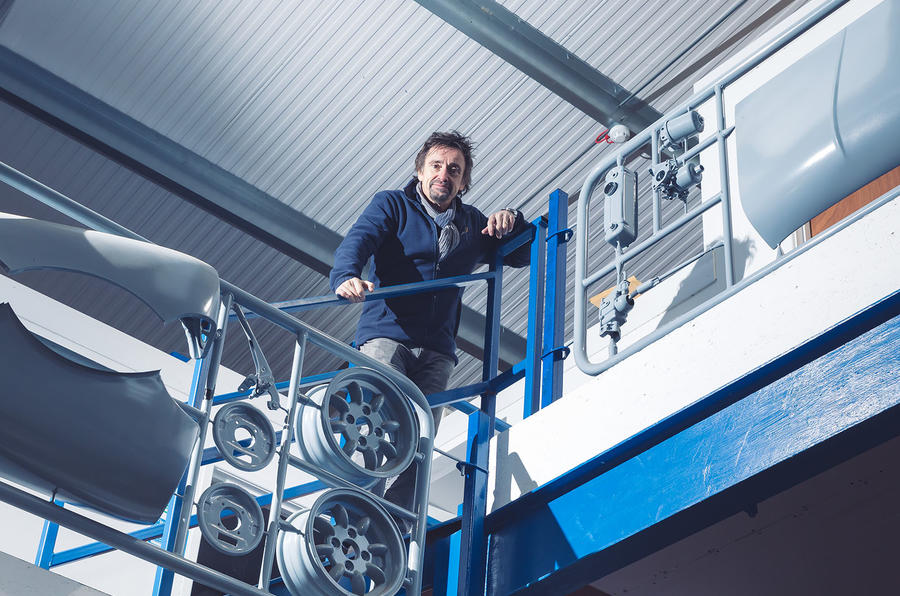

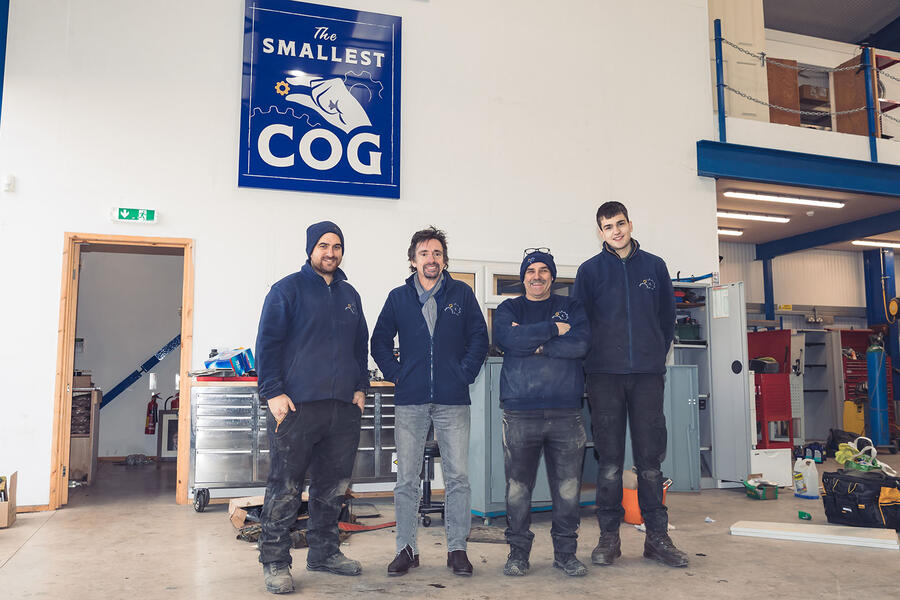
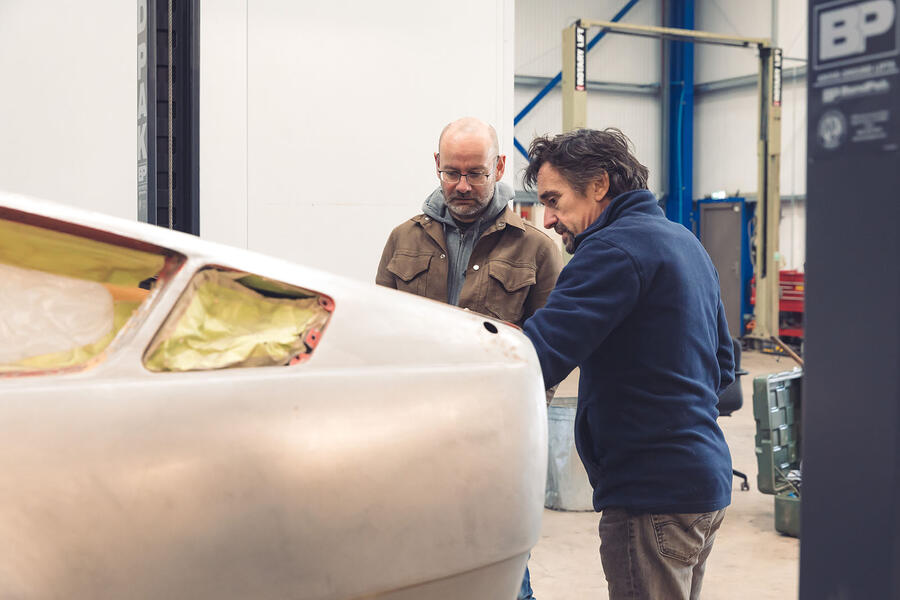
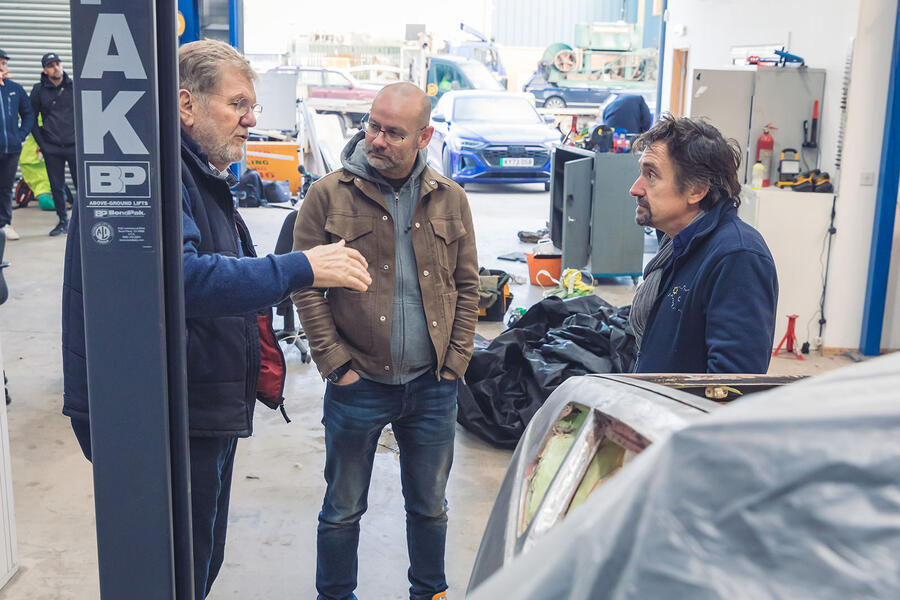
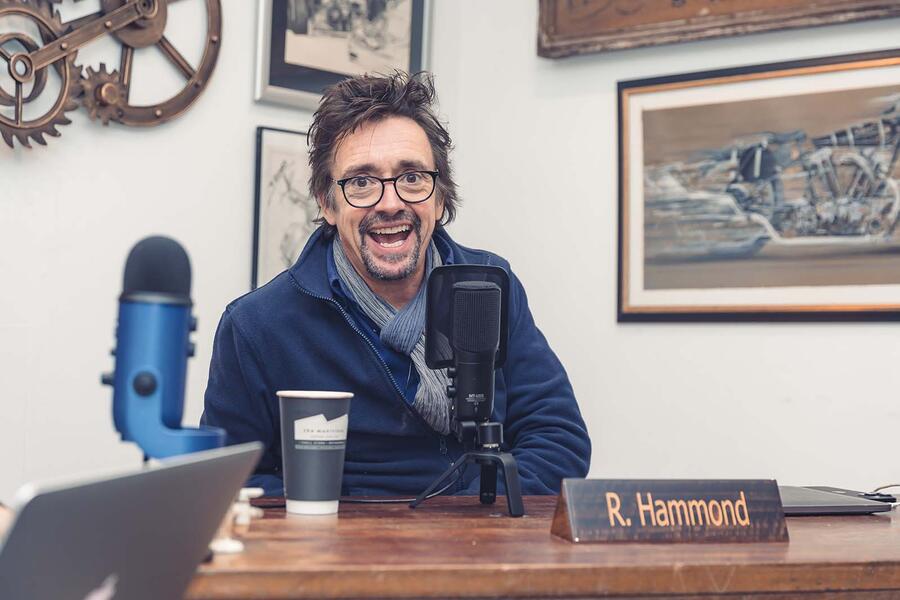
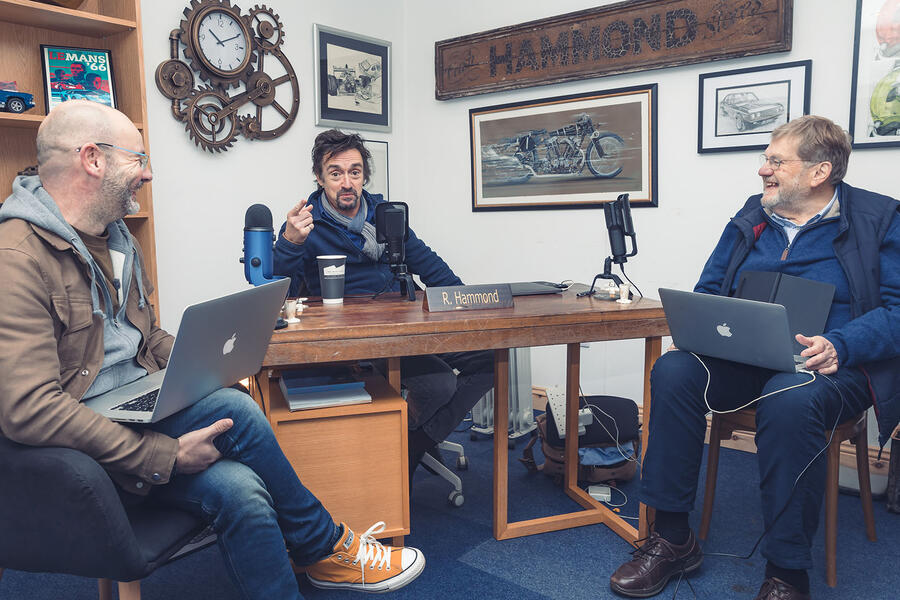






Join the debate
Add your comment
Hammond had always dreamed of owning a car restoration business, which led him to sell some prime classic cars to fund the establishment of The Smallest Cog.
Richard Hammond's insights are always a joy to listen to! His passion for classic cars is infectious, and his TV experience brings a unique perspective to the automotive world. It's fascinating to hear his thoughts on the future of EVs, a topic that's as unpredictable as a Bitlife career path.
Hammond had always dreamed of owning a car restoration business, which led him to sell some prime classic cars to fund the establishment of The Smallest Cog.
slope
Utter rubbish. It's one of the commonist elements on earth. Yes, at the moment the mining and extraction can't keep up with demand, but it's being ramped up rapidly to keep up.